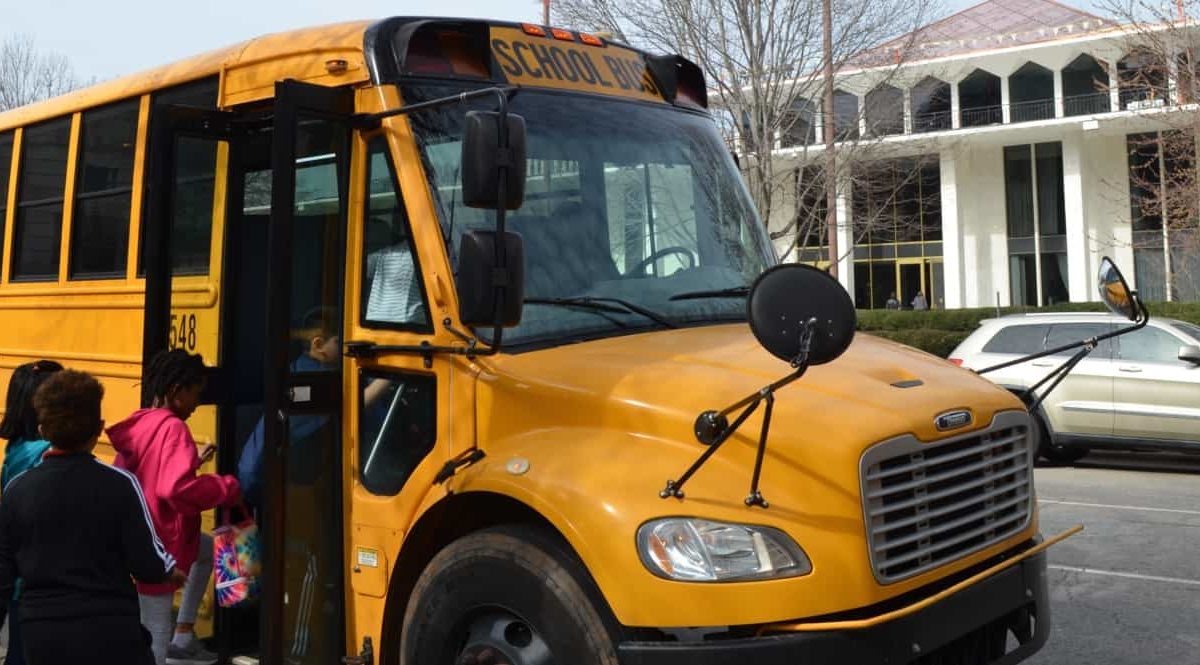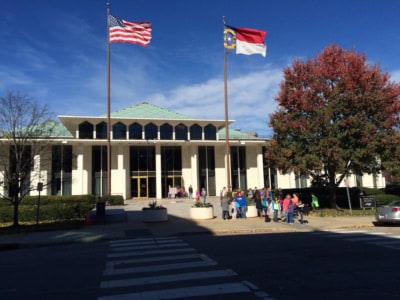

The Southern Regional Education Board has released a package of data that documents the ongoing shift from government funding to tuition revenue in the financing of public universities. This trend comes even as North Carolina, as well as the South and the nation, needs to prepare and propel more of its high school students into community colleges and universities.
“While college costs during and before the Great Recession increased, state appropriations for colleges decreased,” says the SREB regional analysis. “…While total funding per student — including both state funding and tuition — remained the same between 2000 and 2015, students and families paid a much larger share of the total funding per student.”
In its profile of North Carolina, the SREB presents an especially provocative chart, showing:
- Tuition at the state’s four-year universities rose 91 percent from 2006 to 2015.
- Tuition at community colleges went up 77 percent in the same period.
- Tuition hikes far out-ran inflation; the consumer price index rose 22 percent.
- At the same time, the state’s median family remained relatively flat, dipping by 8 percent.
The SREB report bearing on the state of Southern universities arrived as the The Atlantic published a Washington Monthly essay on the “decline of the Midwest’s public universities.” It points out that public research universities account for two-thirds of federal grants for research, but with the threat of further spending cuts, “university research is in trouble, and so is an economy more dependent on it than many people understand.”
North Carolina’s strength as a state rests in large part on its four public research universities, 12 regional four-year universities, and 58 community and technical colleges. As the SREB reports, 22 percent of the state’s post-secondary students attend the research universities, 27 percent in the regional campuses and 52 percent in the community college system. Across the nation, debate still rages that public high schools frame college-going too narrowly as enrolling in a university, but clearly a lot of North Carolinians understand that they need post-secondary education but not necessarily all at a university.
For one of its projects in North Carolina, MDC, the Durham-based nonprofit (at which I am a senior fellow), assembled data that show clearly the economic payoff to individuals of education beyond high school. Among North Carolinians with a high school diploma, fully 7 out of 10 work at jobs paying between $10 and $20 an hour, with barely 20 percent earning more. Among recipients of a community college associate’s degree, 71 percent earn in the $20-30 an hour range. Among North Carolinians with bachelor’s degrees, roughly half earn more than $30 an hour, including 14 percent who make $50-60 an hour.
Of course, public education is not only a private benefit to individuals but also an asset essential to forging vital civic institutions, democratic governance, and state-community economic well-being. North Carolina has long stood out in the South for supporting universities both affordable and educationally robust. The SREB data rank North Carolina well below the state and national averages in the percent of family income required to cover educational expenses at its research and regional universities.
In 2016, the General Assembly voted to set tuition at $500 per semester for in-state students at three regional universities beginning in the fall of 2018. Meanwhile, UNC at Chapel Hill has set a $4.2 billion goal for its just-announced fundraising campaign, with $1 billion designated for making the university affordable through undergraduate scholarships and graduate fellowships.
As the Center on Budget and Policy Priorities has calculated, 46 states, including North Carolina, were spending less per student in the 2015-16 school year than before the Great Recession. The most recent Census Bureau report places North Carolina among the bottom 10 states in per pupil spending in elementary, middle, and high schools. The recent bump-up in appropriations has not altered the trajectory substantially.
One more finding by SREB for further context: Among young adults 25 to 34 years old, 40 percent in North Carolina had earned an associate’s degree or higher in 2015. That level of attainment ranked North Carolina second to Virginia (47 percent) among Southern states, but put the state below the U.S. (46.5 percent) and well below such nations as Japan and Canada (both 59 percent), the United Kingdom (49 percent), and Australia (48 percent).
North Carolina has to compete not only in the South but beyond. This is a fraught time for both public universities and for public school systems, with the state’s will to renourish its educational muscle at issue.


